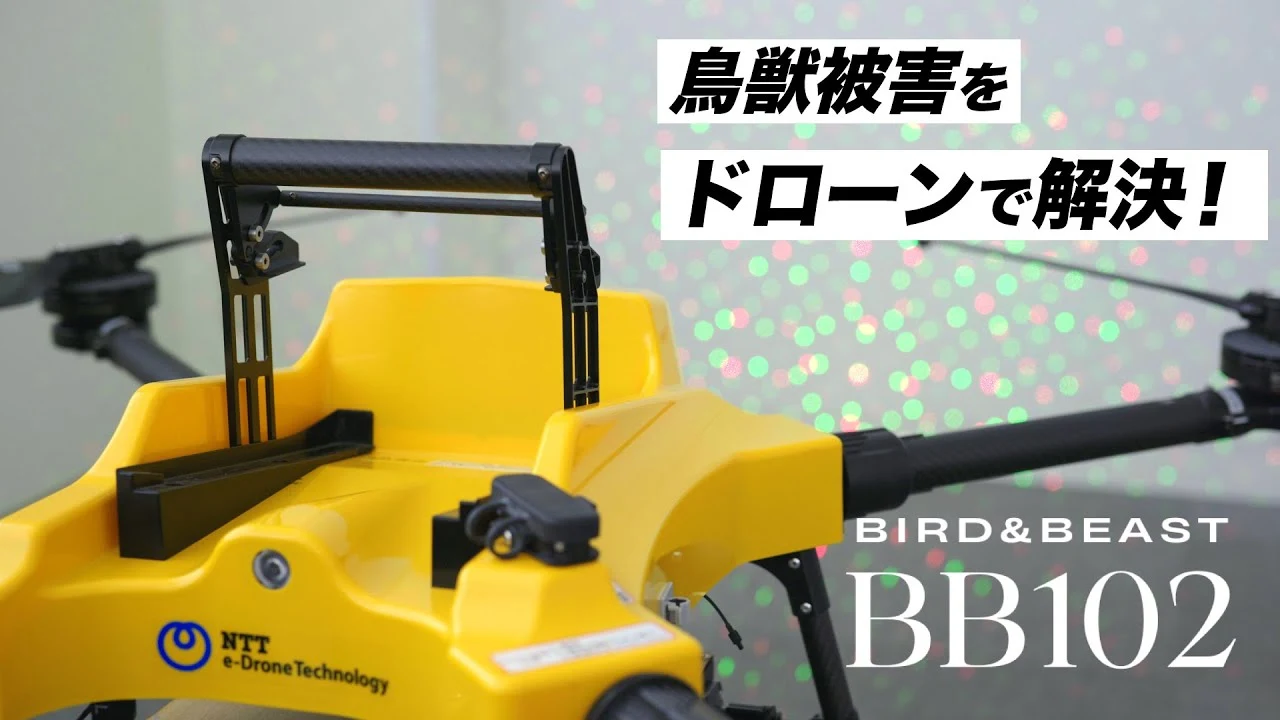Japanese telecommunications and technology giant NTT has developed an innovative solution to protect poultry farms from a major threat. The company’s NTT e-Drone Technology and NTT East Japan units collaborated with the Chiba Prefecture government to design laser-equipped drones. The primary goal of this technology is to prevent the spread of the potentially lethal avian influenza virus by keeping wild birds such as crows and pigeons away from farms.
Laser Drones Are Being Used to Combat Avian Influenza
Avian influenza is a major problem that causes significant livestock losses in many countries worldwide. When an outbreak is detected, the only solution is often to cull all infected animals. This translates to significant economic losses for farm owners. NTT announced that more than 3.3 million poultry were culled in Chiba Prefecture alone between January and February 2025. Such significant losses highlight the importance of investing in preventative technologies.
The developed system uses a drone that automatically takes off when it detects wild birds entering a farm area. Instead of a single, intense laser beam, this drone features a special system that splits the light into multiple beams. It uses red and green lasers, which have proven effective in repelling many wildlife, such as pigeons, crows, and starlings. Furthermore, the laser beams flash instead of being constantly on, preventing birds from becoming accustomed to the system and settling in the gaps between the beams.
This automated drone system offers a much more effective and modern alternative to traditional methods such as manually chasing animals, using noise-making devices, or applying chemicals. It has also been reported that local governments in Japan will offer incentives for farmers to purchase such technological systems.
So, what are your thoughts on using technology as a solution to such problems in agriculture and livestock farming? Share your comments with us.



 Shiftdelete.net
Shiftdelete.net









